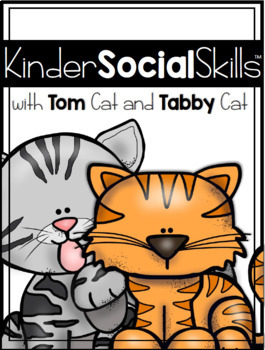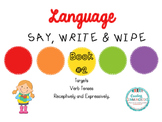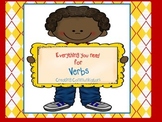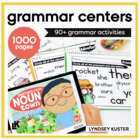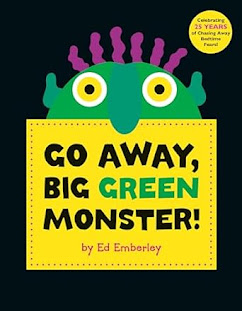Social Skills are an important topic. If we are working with kids who have delayed language skills, it is important that they have good social skills. They can help carry them through some sticky situations and they will help them when their language skills are lacking.
If you've ever been here before you know I love Tara West! Her products never disappoint and her prices are amazing for the amount you get! I recently purchased her Kinder Social Skills Curriculum. It, of course, didn't disappoint! I am going to use it with my elementary aged kids. You can take a look at how she describes it here:
What is the structure of KinderSocialSkills? KinderSocialSkills consists of 75 two-day lesson plans. Day one is an introduction of the skill and a social story. Day two is a review of the skill and a hands-on approach to applying the skill. On the second day the students are also asked to deeply think and apply the skill to their own lives. On both days the students will interact with their peers through verbal discussions. The teacher will lead the initial conversation and then turn it over to the students for their opportunity to have collaborative peer discussion. KinderSocialSkills also includes a follow-up independent writing sheet for each skill. This is a way for the students to put the skill on paper and for parents to be connected with the skill of the day. There is a note at the bottom of each paper so parents can track the social skill and hopefully continue the discussion of that skill at home.
What is included in KinderSocialSkills?
- 150 social skill lessons (75 skills spanning over 2 days each) *day one is a social story and day two is follow-up)
- 75 follow-up student sheets (2 differentiated versions included for non-writers and writers)
- paper clip art cat "puppets"
- notebook labels
- journal covers
What does the RESEARCH say about KinderSocialSkills?
Research shows us social skills are at times a bigger indicator for future success in life than academics (Robert Wood Johnson Foundation, 2015). That statement is profound. A longitudinal study regarding kindergarten students and social skills was conducted by Drs. Damon Jones and Mark Greenberg, both professors at Pennsylvania State University, and Dr. Max Crowley, a professor from Duke University. The kindergarten students were tracked over a 20 year period and the results were astonishing. The predictions made in kindergarten based upon their social skills had a direct correlation with outcomes met in mid-adulthood and later adulthood. The study showed that utilizing social emotional health programs at a young age can help to improve these social skills. Furthermore, when students are given an opportunity to learn social skills, educators and parents are given the ability to notice those lacking these social skills and then set up immediate and intense interventions to correct this disconnect. The researchers believed that social skills are just as vital in the kindergarten classroom as academics.




